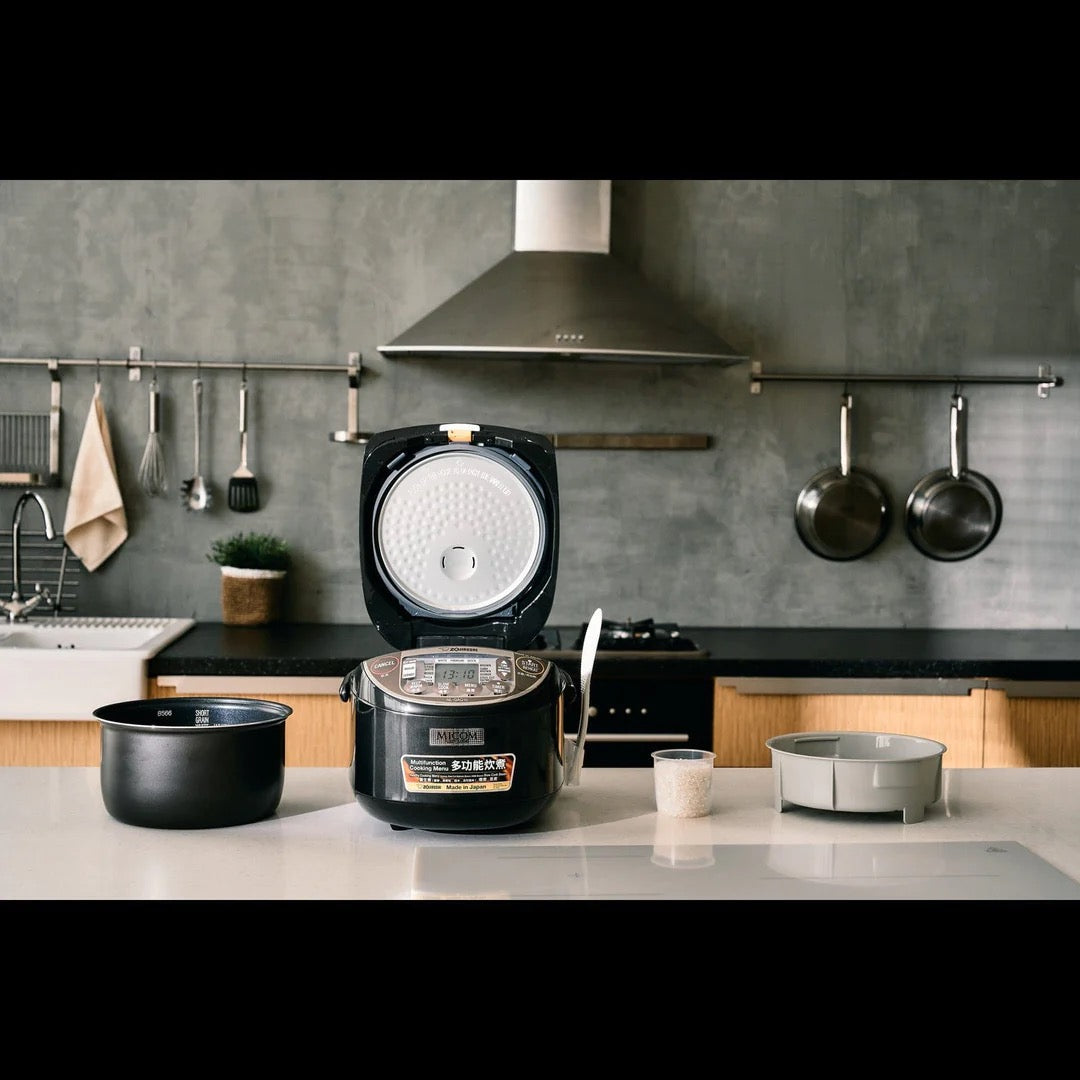The introduction of pressure cooking has brought about a change in how we go about preparing our meals. It offers us convenience, speed, and the added benefit of retaining nutrients, which can sometimes be challenging to achieve with cooking methods. Pressure cooking may seem mysterious to some. However, it is actually very helpful and easy once you get the hang of it.
In this blog, we will dive into the science behind pressure cooking. We'll explore how it works and why it has become a favored method among both home cooks and professional chefs alike.
How Does a Pressure Cooker Work Scientifically?
Pressure cooking involves sealing food and liquids in a pot or cooker and raising the internal pressure, thereby raising the boiling point of the water inside. This elevated pressure results in higher cooking temperatures, dramatically reducing cooking time compared to conventional methods. Pressure cookers usually have a locking lid, a pressure release valve, and a pressure indicator to regulate the internal pressure. Explore the world of pressure cookers and discover the top brands, such as the Fissler pressure cooker, the Zojirushi pressure cooker, and many others.
The concept and science of pressure cooking rely on Boyles's Law, which is a principle in physics. According to this law, when the volume decreases while the temperature remains constant, the pressure of a gas (such as steam) increases. When you heat up a sealed pressure cooker, the water inside transforms into steam. As more steam is generated, it raises the pressure within the cooker due to the lack of space for the steam to go, the enclosed airtightness, and the locked lid. This increased pressure leads to a boiling point for water, enabling food to cook at elevated temperatures compared to atmospheric conditions.
|
Explore Zojirushi Pressure Cookers |
How Effective is a Pressure Cooker?
Pressure cooking is more than just a fast and convenient way to prepare meals. It's a science-backed cooking technique that delivers exceptional results. Understanding the principles behind pressure cooking helps us appreciate its effectiveness.Let’s tackle some of the reasons behind its effectiveness;
Faster Cooking Times

The higher cooking temperatures achieved through pressure cooking significantly reduce cooking times. When the water reaches a certain temperature, it speeds up the cooking process significantly, making it perfect for meal preparation. For example, tough meat cuts that usually need hours of cooking can be made tender and perfectly cooked in a much shorter time using a pressure cooker.
|
Explore Fissler Pressure Cookers |
Retention of Nutrients

Pressure cooking's benefits include its capacity to maintain higher nutrient content in food compared to traditional cooking techniques. Pressure cooking effectively safeguards vitamins and minerals that may otherwise be compromised through prolonged boiling or steaming by utilizing cooking durations and minimizing water usage. Additionally, this method requires less water than cooking, resulting in fewer water-soluble nutrients being lost during the culinary process.
Maillard Reaction and Flavor Enhancement
The Maillard reaction is a chemical reaction that occurs between amino acids and reducing sugars when food is exposed to high temperatures. This reaction creates the rich flavors and enticing aromas we associate with well-cooked food. With its higher temperatures, pressure cooking promotes the Maillard reaction, enhancing the taste and flavor of dishes, especially in savory recipes.
Tenderizing Tough Cuts of Meat
Pressure cooking is particularly effective at tenderizing tough cuts of meat. As the pressurized steam penetrates the meat fibers, it breaks down collagen and connective tissues, transforming tough cuts into melt-in-your-mouth delicacies.
Energy Efficiency
Pressure cooking is not only time-efficient but also energy-efficient. The shorter cooking times and sealed environment require less energy than other cooking methods, helping you save on gas or electricity bills while reducing your carbon footprint.
Safety Considerations
While pressure cooking offers numerous benefits, safety is paramount. Modern pressure cooker safety is one of its outstanding features, such as pressure release valves and locking systems, to prevent accidents. Following the manufacturer's instructions and guidelines for your specific pressure cooker model is essential to ensuring safe and successful pressure cooking.
At the end of the day, kitchen appliances are still a preference. However, the tools are advancing daily, and better options are emerging. So, it's better to do extensive research on what you’ll purchase to be able to get what’s best for your health and what your kitchen needs as well.


